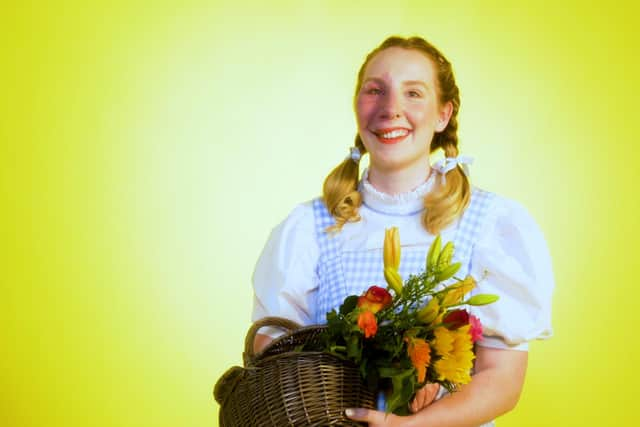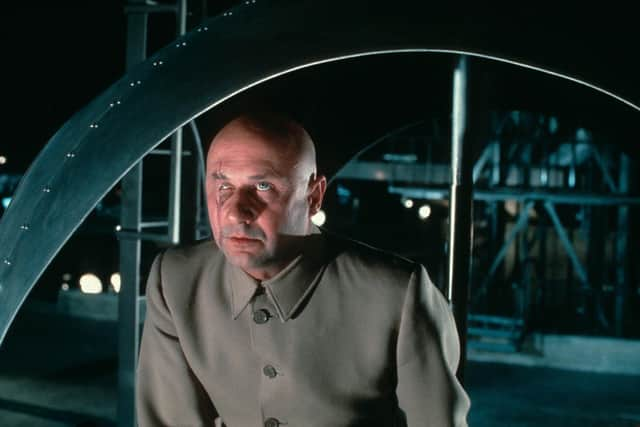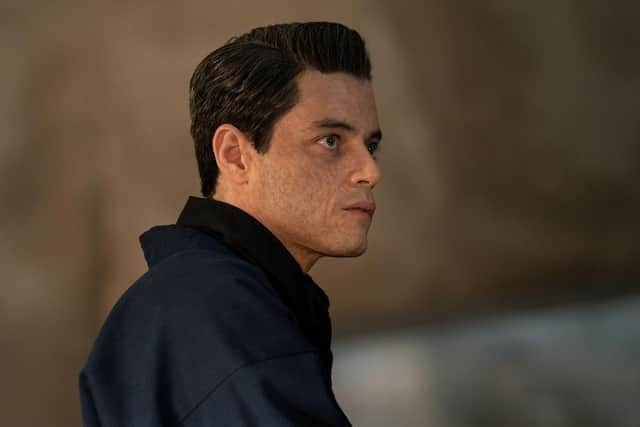Film’s ugly history of portraying evil characters with visible differences
Campaigner say No Time To Die, which opened in theatres on Thursday, is the latest in a long line of blockbusters that use facial and bodily disfigurements as a shorthand for evil - a trope that can have damaging effects on people with visible differences.
Rory McGuire, an ambassador for the charity Changing Faces, told Scotland on Sunday: “Once it’s pointed out to you, there does seem to be a very apparent trend in a lot of movies of “the baddie” having some sort of visible difference.”
No Time To Die, he added, does nothing to break that mould.
Advertisement
Hide AdAdvertisement
Hide AdThe film’s main villain, Lyutsifer Safin - played by Rami Malek - is a soft-spoken poison expert with a mottled complexion and a pronounced limp.
Christoph Waltz makes an appearance too, reprising his role as the malevolent head of Spectre Ernst Stavro Blofeld - complete with prominent facial scarring and an open, empty eye socket.
But it does not stop there.
Some of the most iconic baddies in the Bond franchise’s long history have been portrayed with visible differences.


Characters like Jaws, and his set of steel teeth, and Le Chiffre, who weeps blood, are largely identifiable simply by the injuries given to them by screenwriters.
“I suppose one theory would be that it comes down to a fear of the unknown,” said Rory, who has a venous malformation on his upper lip and right cheek.
“If it’s a bad character in a film people might think they must be involved in some really bad stuff to have received that injury - to make them look like that.”
The 27-year-old, from Ayr, said Changing Faces’ #IAmNotYourVillain campaign put his mind “into overdrive” about the damaging effects of the cinema trope.


A new study commissioned by the charity, which supports people across the UK who have a disfigurement, found that only one in five (20 per cent) had ever seen a character who looks like them cast as the hero in a film or on TV.
Advertisement
Hide AdAdvertisement
Hide AdA third of respondents said the trope contributed to low levels of confidence, and a quarter (24 per cent) said it has affected their mental health.
Catherine Deakin, Deputy CEO of Changing Faces, said: “Living life with a disfigurement can be tough, with people reporting a daily grind of staring, comments and even abuse, just because of how they look.
“That’s why we’re calling on the creative industries, from film makers to TV script writers, as well as brands, to join our Pledge To Be Seen movement.


She added: “It’s important we all see more diverse and inclusive images and representations of people, including those who have visible differences."
Rory, meanwhile, has quiet hope for the future of cinema, citing the film Wonder (2017) as progress.
It follows the story of Auggie, a boy born with facial differences who becomes an unlikely hero when he joins his local school.
“If there was a heroic character with a visible difference in a big blockbuster when I was growing up,” he said, “it would’ve given me the inspiration that I can still ‘be the hero’ regardless of what I look like.”
A message from the Editor:
Thank you for reading this article. We're more reliant on your support than ever as the shift in consumer habits brought about by coronavirus impacts our advertisers.
If you haven't already, please consider supporting our trusted, fact-checked journalism by taking out a digital subscription.
Comments
Want to join the conversation? Please or to comment on this article.